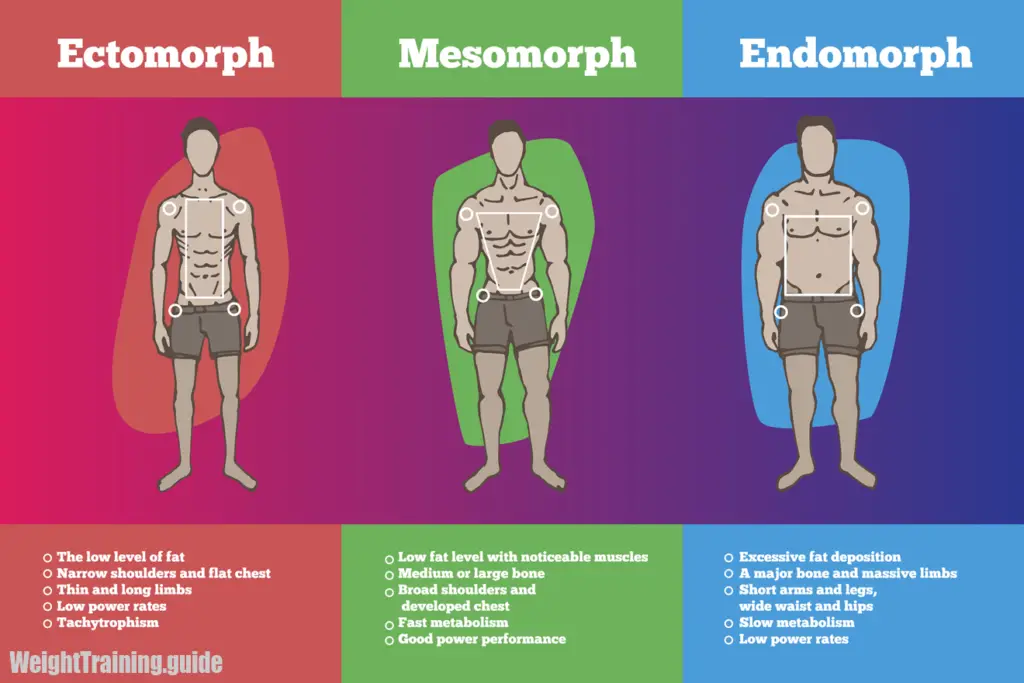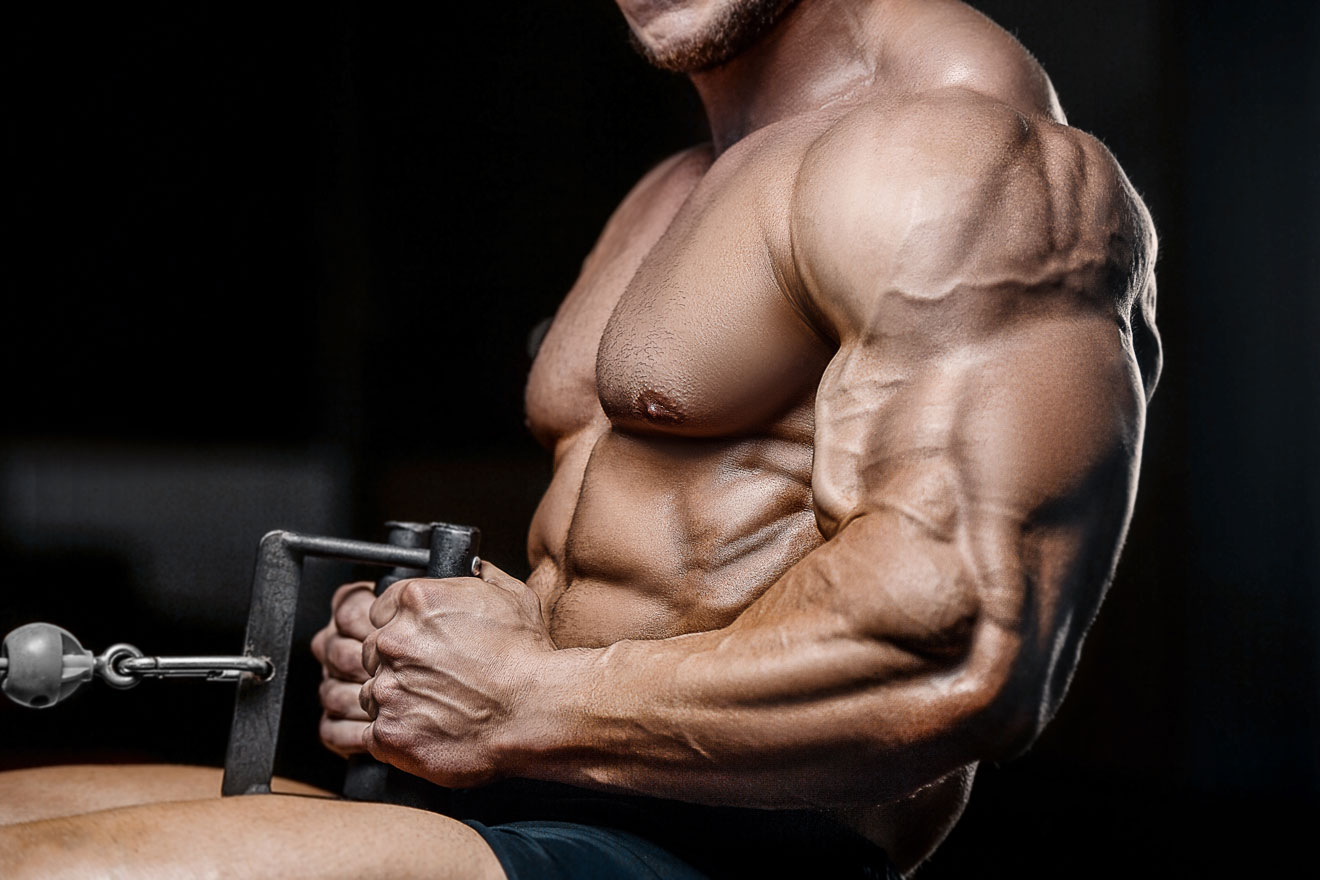How muscle structure influences your fitness goals
Did it ever cross your mind how your friend can run like a gazelle for hours but is awkward when lifting weights, or, vice versa, how you can lift weights like a rock star, but your legs get shaky and crampy after just 3 kilometers of running?
Well, it’s about how your muscles are built. Just as we all have different heights and shoe sizes, our muscles are unique, too.
I’ve found that understanding your muscle type helps you find the best exercises that ‘actually’ work for you. When you know your body better, you can choose workouts that feel right instead of copying what everyone else does.
In this post, we’ll explore how your unique muscle structure influences your fitness potential and results. From understanding muscle fiber types to nutrition and recovery strategies, we’ll break down what you need to know to optimize your training approach.
Understanding Muscle Structure and Its Impact on Fitness
Think of your muscles like a bunch of rubber bands bundled together. Each one is actually made of thousands of tiny fibers. These fibers come in two main types, slow-twitch and fast-twitch, and everyone has a different mix of these fiber types.
Your muscle fibers can be either:
- Slow-twitch (Type I): These are like your energy-saving mode. They help you do things for a long time without getting tired.
- Fast-twitch (Type IIa): Think of these as your power mode. They’re great for quick, strong movements.
- Fast-twitch (Type IIx): These are your super-power mode. They give you explosive strength, but you get tired quickly.
So, how do the different types of muscle fibers impact your activities?
- If you have more slow-twitch fibers, you’ll probably be great at long-distance running, cycling, swimming laps, or any other activities that require endurance.
- If you have more fast-twitch fibers, you might excel at activities like weightlifting, sprinting, jumping sports, or any other activity that requires you to deliver short but intense power.
- If you’ve got a good mix, you might be naturally good at sports like soccer, tennis, or boxing, where you need both quick bursts and staying power.
Just to clarify, this doesn’t mean you can’t do certain activities; it just helps explain why some things might feel more natural to you than others.
Training Strategies Aligned with Muscle Structure
When you plan your workouts, you’ll want to match your training to these fiber types—this means mixing things up.
To build strength and muscle, you need to challenge yourself gradually. This is called progressive overload—basically, making your workouts a bit harder over time.
You might:
- Add a few more pounds to the amount of weight you lift each week.
- Do one or two extra reps, sets, or exercises.
- Slow down your movements to increase how long your muscles are under tension.
- Take shorter rest breaks between sets or exercises.
Keep in mind that your muscles develop when you give them a good reason to adapt. Just make sure you’re not pushing too hard nor too fast—steady progress is what we’re after.
Body Types and Muscle Development
Just as we all have different heights and builds, our bodies have various ways of responding to exercise and food. Scientists group these into three main body types (ectomorph, endomorph, and mesomorph), and knowing yours can help you set better fitness goals.
Here’s what each type usually looks like, and how it affects your fitness journey:
- Ectomorph: You’re naturally slim and find it hard to gain weight. To build muscle, you might need to eat more and focus on heavy weights.
- Mesomorph: You build muscle quickly and can gain or lose weight without extensive effort. Most types of exercise work well for you.
- Endomorph: You gain muscle and fat more quickly and might find it more challenging to lose weight. On the bright side, this body type often has good natural strength.
- Mixed type: Most of us are actually a blend of these types, which is totally normal.

Remember, your body type isn’t good or bad—it’s just different. The key is working with what you’ve got rather than fighting against it.
Nutritional Considerations for Muscle Growth
Food is just as important as your workouts!
Protein is your best friend here—it’s like building blocks for your muscles. You don’t need to go crazy, but it is typical to target about 1 gram of protein per pound of your body weight.
For example, if you weigh 180 pounds, you’ll need 180 grams of protein to sustain your daily dietary requirement.
Here are some good protein sources to focus on:
- Eggs and egg whites for breakfast or snacks
- Chicken breast and lean beef for your main meals
- Greek yogurt and cottage cheese for quick protein hits
- Fish like salmon or tuna for healthy fats
Speaking of building muscle, a case study published in the journal Nutrients in 2022 says that creatine significantly contributes to muscle strength and mass.
Creatine is one of the most researched supplements out there, and it actually works. When you take creatine regularly, your muscles can work harder during workouts and bounce back faster afterward.
A daily dose of just 5 grams is all you need. You can take it any time of day that works for your schedule.
But, is creatine ok on rest days? The answer is, yes.
In fact, taking creatine on rest days is important because:
- Muscle recovery and growth happen on rest days.
- Your body needs consistent creatine levels for best results.
- It helps maintain your muscle’s creatine stores.
Just a reminder: everyone’s body is different. Some people build muscle quickly, while others need to eat more to see results. So, listen to your body and adjust as needed.
Rest and Recovery in Muscle Development
Rest isn’t just downtime; it’s when your muscles actually grow. While exercise creates tiny tears in your muscles, recovery is when they repair and get stronger.
Getting good sleep is key here. Aim for 7–8 hours each night to give your body time to repair and build muscle.
Here are some signs you might need more rest:
- Your normal weights feel unusually heavy.
- You’re still really sore after 2–3 days.
- You feel tired even after sleeping well.
Give each muscle group at least a day to recover between workouts. Remember, taking a rest day isn’t being lazy; it’s helping your muscles grow stronger.
Final Thoughts
Now that you understand how your muscles work, you can make smarter choices about your workouts and diet.
Remember, your body is unique, and there’s no one-size-fits-all approach to fitness. Whether you’re built for endurance like a marathon runner or strength like a powerlifter, that’s okay.
The key is to work with your body, not against it.
Focus on steady progress, eat the right foods, and give your muscles time to recover. Most importantly, be patient with yourself.
Building strength and fitness is a journey, not a race. Keep at it, and you’ll see the results that work best for you.







